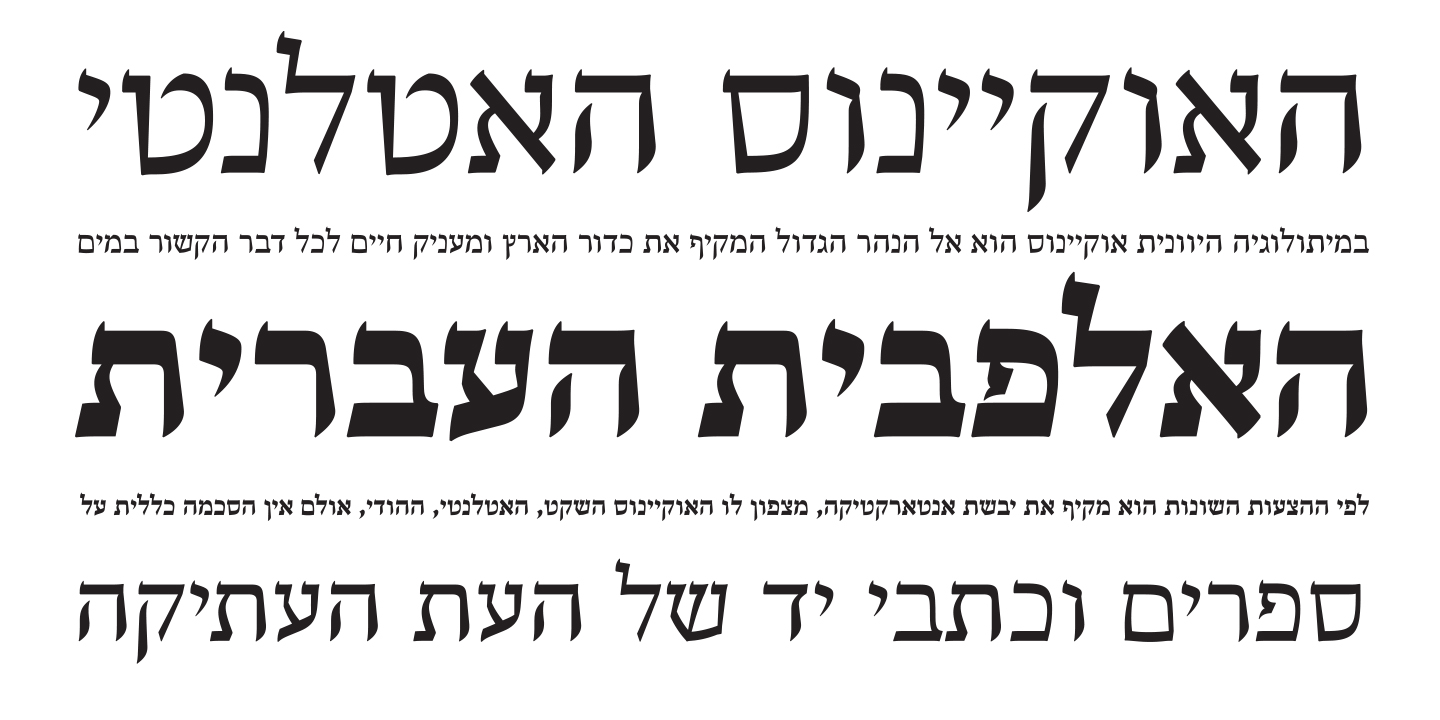
The next time you start Word, you'll see the fonts you added in the Font list. In Windows 8.1, go to Control Panel > Appearance and Personalization > Fonts. Installing the keyboard layout in Windows is as simple as running the install file. Linux users can add this keyboard simply by going to their Keyboard settings and following the instructions at the bottom of this post. You can explore all modern Hebrew Fonts, ancient Hebrew Fonts, Hebrew Script fonts and more categories using our Advanced Search tool. Within the font pack are keyboard layouts suitable for Microsoft Windows and Apple OS X. This website is dedicated in providing rich in quality, easy to download and use collection of Hebrew Fonts.

In Windows 7 and Windows 10, go to Control Panel > Fonts. Explore and download hundreds of free Hebrew Fonts and typefaces offered by HebrewFonts.Net. If you want to see what a font looks like, open the Fonts folder, right-click the font file, and then click Preview.Īnother way to see your installed fonts is through Control Panel. You can also add fonts by simply dragging font files from the extracted files folder into this folder. Here are two other ways to install and manage fonts:Īll fonts are stored in the C:\Windows\Fonts folder. Your new fonts will appear in the fonts list in Word. If you're prompted to allow the program to make changes to your computer, and if you trust the source of the font, click Yes.

Right-click the fonts you want, and click Install. Now you'll see the available TrueType and OpenType font files:

If the font files are zipped, unzip them by right-clicking the. zip folder, you might find several variations on the same font, such as “light” and “heavy.” A. If Hebrew is not an enabled language, follow the instructions on the Configuring Keyboard Layouts page. Note: Before you download a font, make sure that you trust the source. For the Hebrew keyboards SIL and Tiro, there is a setup.exe file which will automatically install the keyboard.


 0 kommentar(er)
0 kommentar(er)
